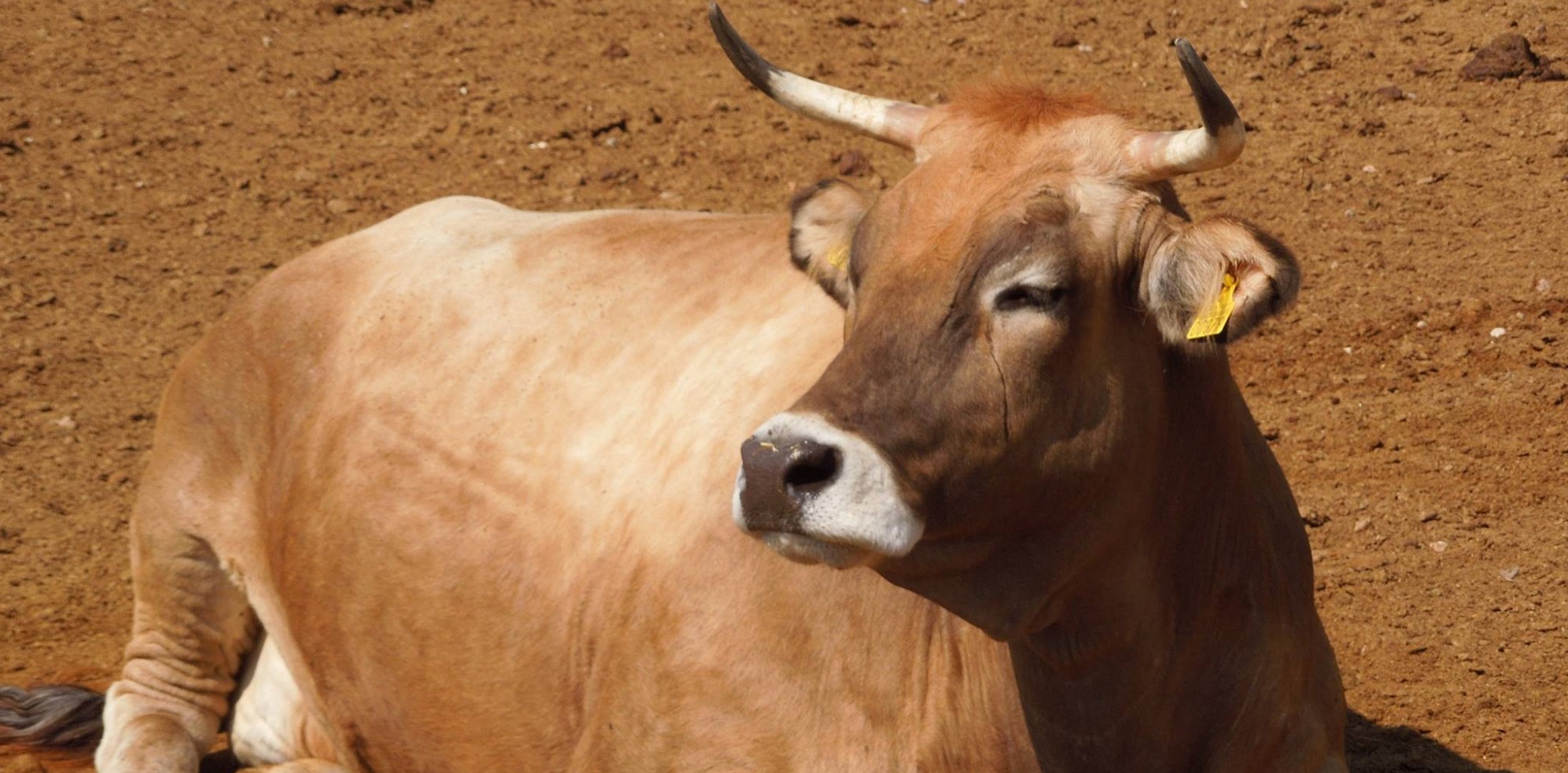Investigating the genetic basis of autochthonous Greek bovine breeds

In Greece exist many indigenous breeds of farm animals (cattle, sheep, goats, pigs, horses), that are under the risk of extinction. These breeds are characterized by resilience in adverse environments, by ability to exploit poor and/or abandoned areas, resistance to disease and pests, ability to survive with limited food and water and ease of management. Based on the aforementioned together with the possibility of these breeds to produce products of high added value (milk, cheese, meat etc.) they are also considered of great economic importance for our country.
In Greece, the handling of these breeds is subsidized by national and European financial resources. The identification and characterization of Greek rare breeds with the use of an objective and inviolable method is of utmost importance, as until to date is solely based on phenotypic characteristics (i.e morphological characteristics, color, horn shape). As a result, there are cases of misidentification by public authorities, which lead to a waste of resources, without ultimately preserving the animals that are really belong to the specific rare breed.
In this context, a research team from the Laboratory of Animal Breeding and Husbandry of the Agricultural University of Athens consisting of Iosif Bizelis (Professor), Panagiota Koutsouli (Assistant Professor), George P. Laliotis ( Assistant Professor) and Dimitrios Papachristou (PhD candidate), in collaboration with the research team from the Laboratory of Population Genetics of the Ludwig Maximilian University of Munich (LMU) consisting of Ivica Medugorac (Professor), Elizabeth Kunz (Postdoctoral Researcher) and Maulik Upadhyay ( Postdoctoral Research), took advantage of the mononucleotide differences existing on the DNA of different bovine breeds and managed, using modern sequencing techniques and bioinformatic analysis, to genetically distinguish Greek bovine breeds both from each other and from foreign breeds.
The two research teams used a set of genetic data from 115 bovine breeds of the Eurasia. The set included Greek breeds Brachyceros, Kea, Katerini, Sykia as well as indigenous populations of cattle of Crete, Kastelorizo, Agathonisi, Nisyros, Rodopi and Prespa. In addition, the set also included foreign breeds that have been introduced in Greece and genetically have influence Greek breeds (i.e. Holstein-Friesian, Brown-Swiss, Limousine, Charolais, Simmental, Aubrac etc). The results revealed distinct clusters of Greek breeds in relation to foreign making possible to identify Greek breeds with an unbiased approach and with great accuracy, as well as to determine the percentage of crossbreeding of individuals of one breed with another one of foreign origin.
The use of such modern tools and initiatives should be a priority by all stakeholders and in particular by the inspection authorities, in order to address fraud, misidentification of animals and proper management of financial resources in terms of subsidies through the actions of conservation of genetic resources of the Rural Development Program.


